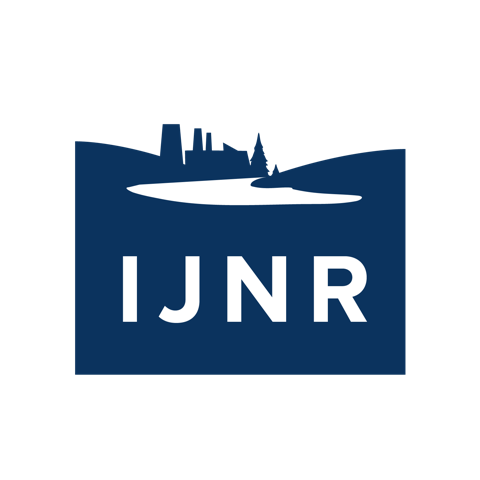Day Five: Journalism, Outdoor Economies
Constant Versus Context: Covering the Environment in the Digital Age
In the digital world today, journalists have traded their role of gatekeepers for one of sifters and winnowers – finding facts in a deluge of information. Led by digital-media trainer Mike Scott, the group had the opportunity to explore the brave new world of digital media and identify some useful tools that can help journalists investigate issues, tell stories better and get the results out to a wider audience.
Telling Environment Stories Better
During a boat ride around Devils Lake, the group had an opportunity to dig in to a discussion on reporting our beat. Environment and resource stories are some of the hardest to fit into the usual journalism mold. Or, as our esteemed founder always put it, “they don’t break, they ooze.” We had a chance to explore some of the difficulties of doing “good” environment, energy and resource journalism; brainstorm ideas for how to cover some of the stories we encountered on our trip; examples of clear, nuanced and powerful storytelling; and tips and tricks for getting the most out of our own reporting and writing.
More Than Corn and Cows: The Outdoor Economy of Prairie Pothole Ecology
Earlier in the trip, we heard about landowners taking advantage of high corn prices and others grazing cattle on the prairie pothole landscape. But the PPR is valued by human economies for other reasons as well – notably the hunting, fishing and outdoor activities it provides. Tourism in North Dakota is a $3.6 billion industry and much of that tourism is around outdoor pursuits. Fellows were joined at dinner by local outfitters, hunting guides, city officials and resort owners for a discussion about the PPR’s value to the rural economy and how these groups work to protect the habitat that supports their respective industries.
